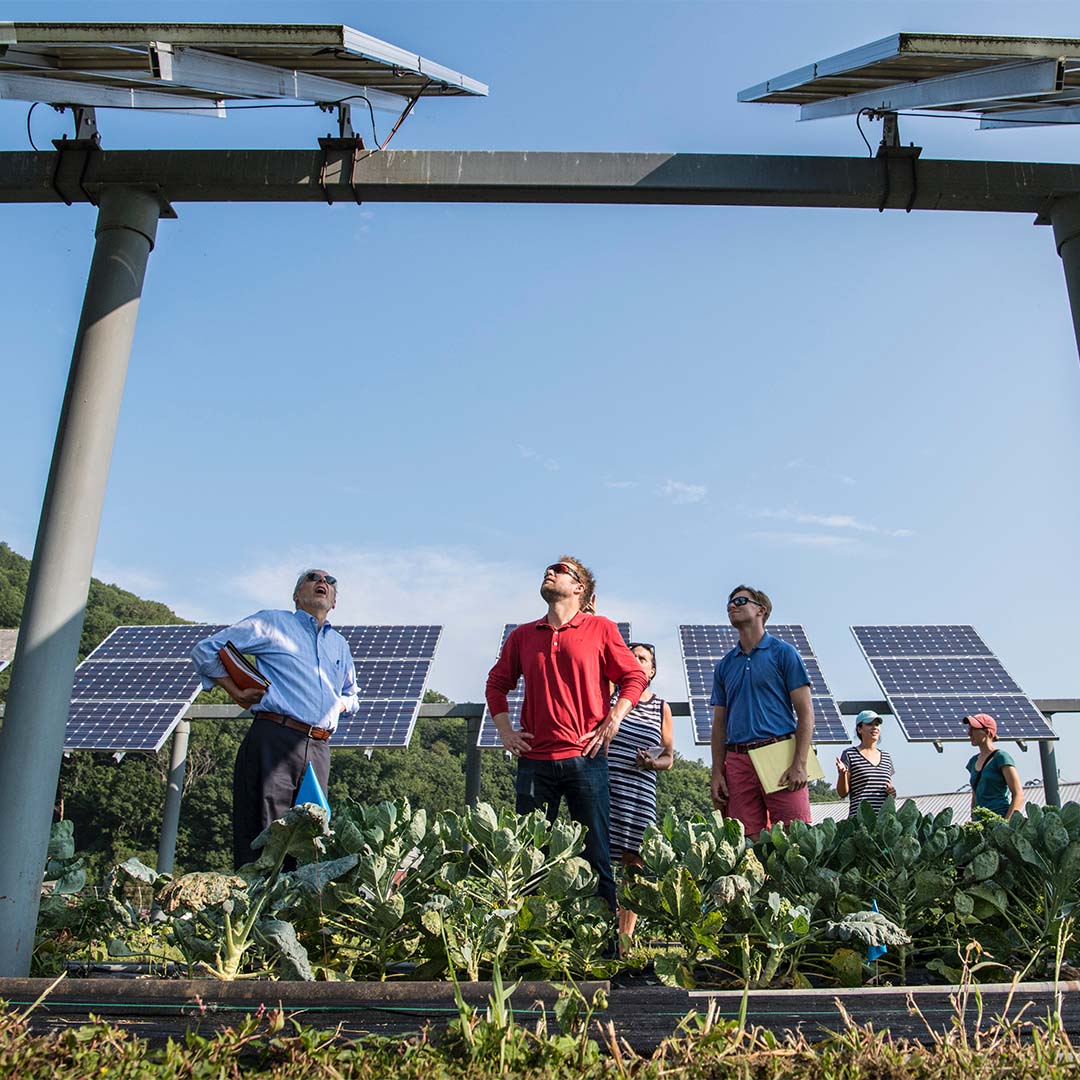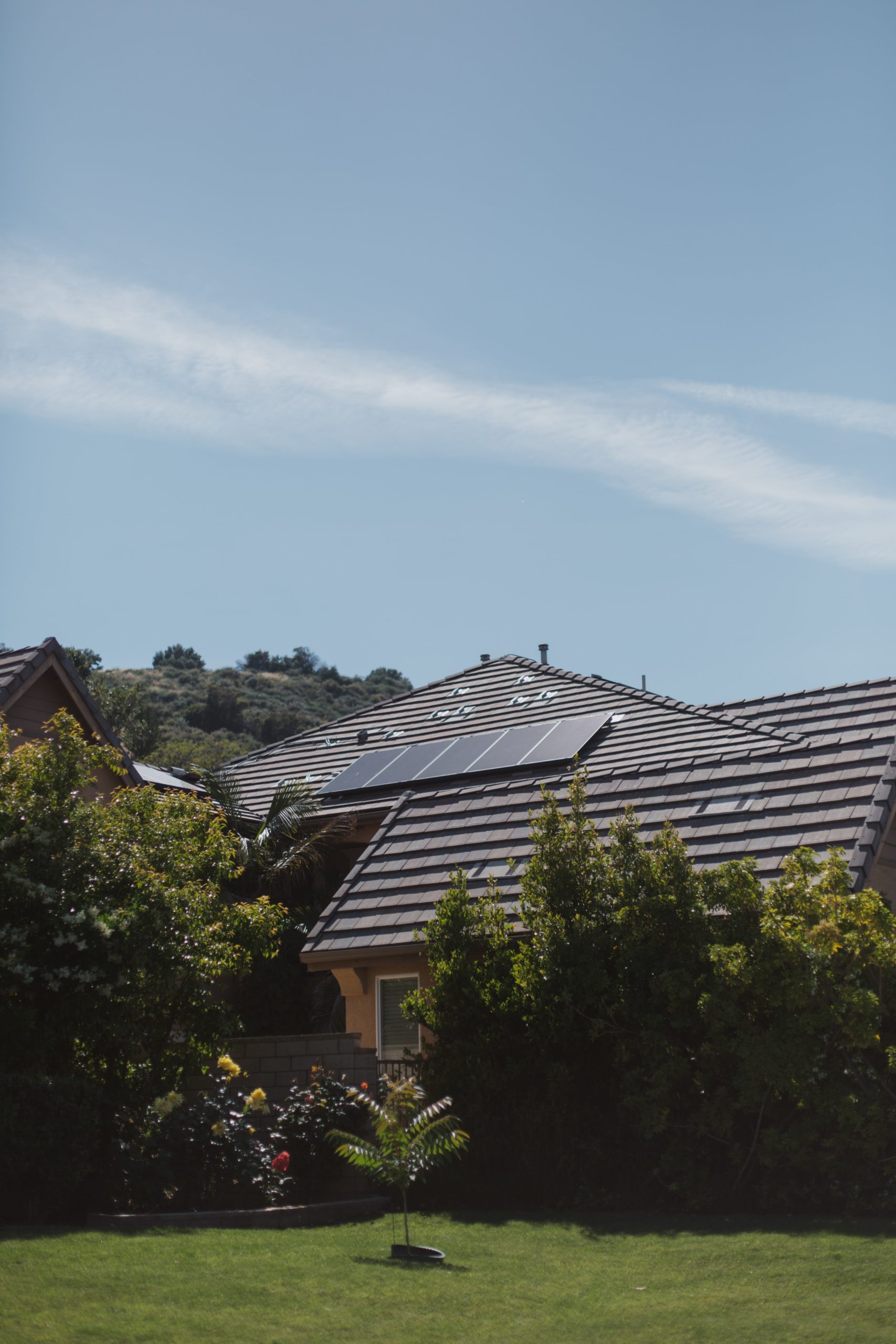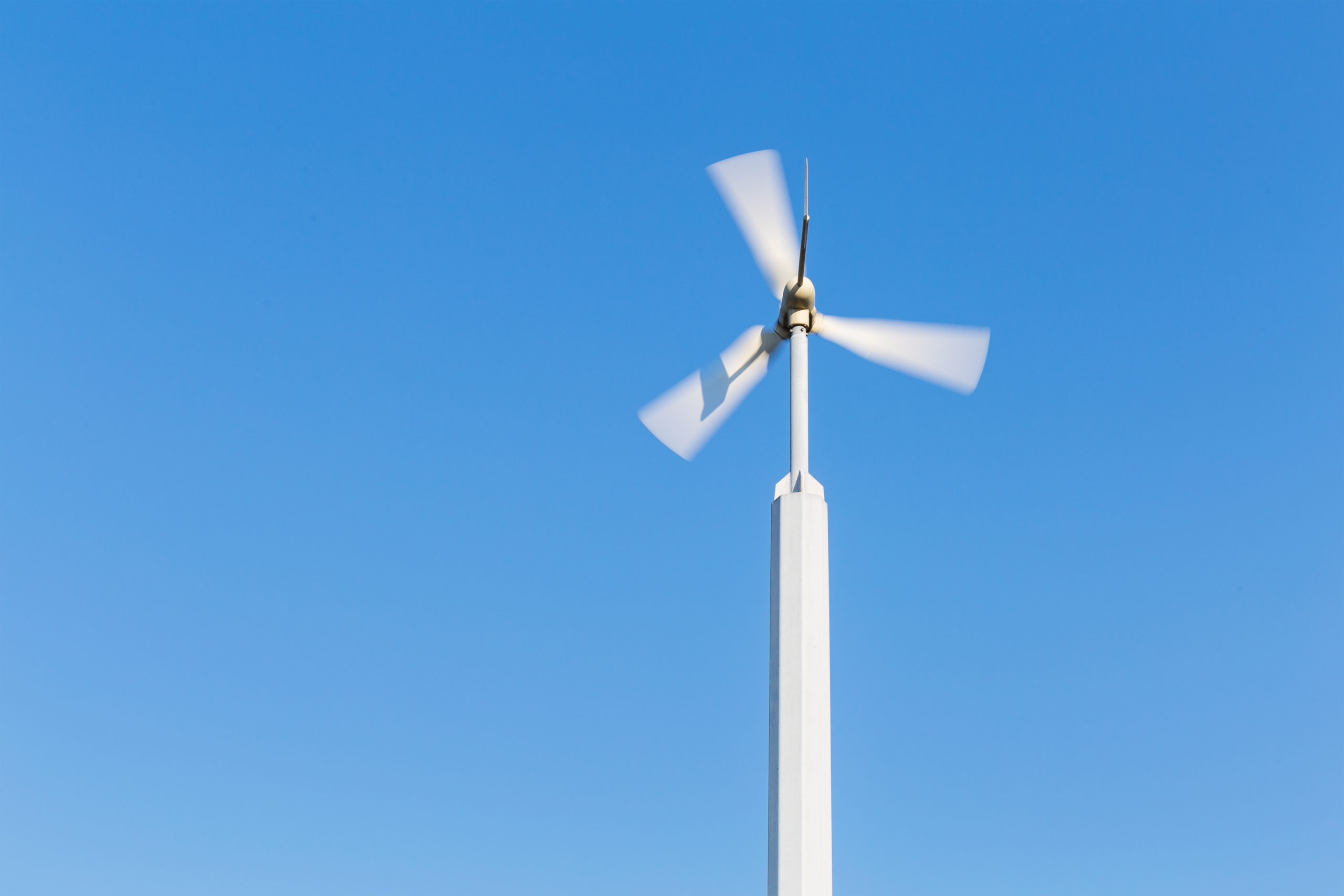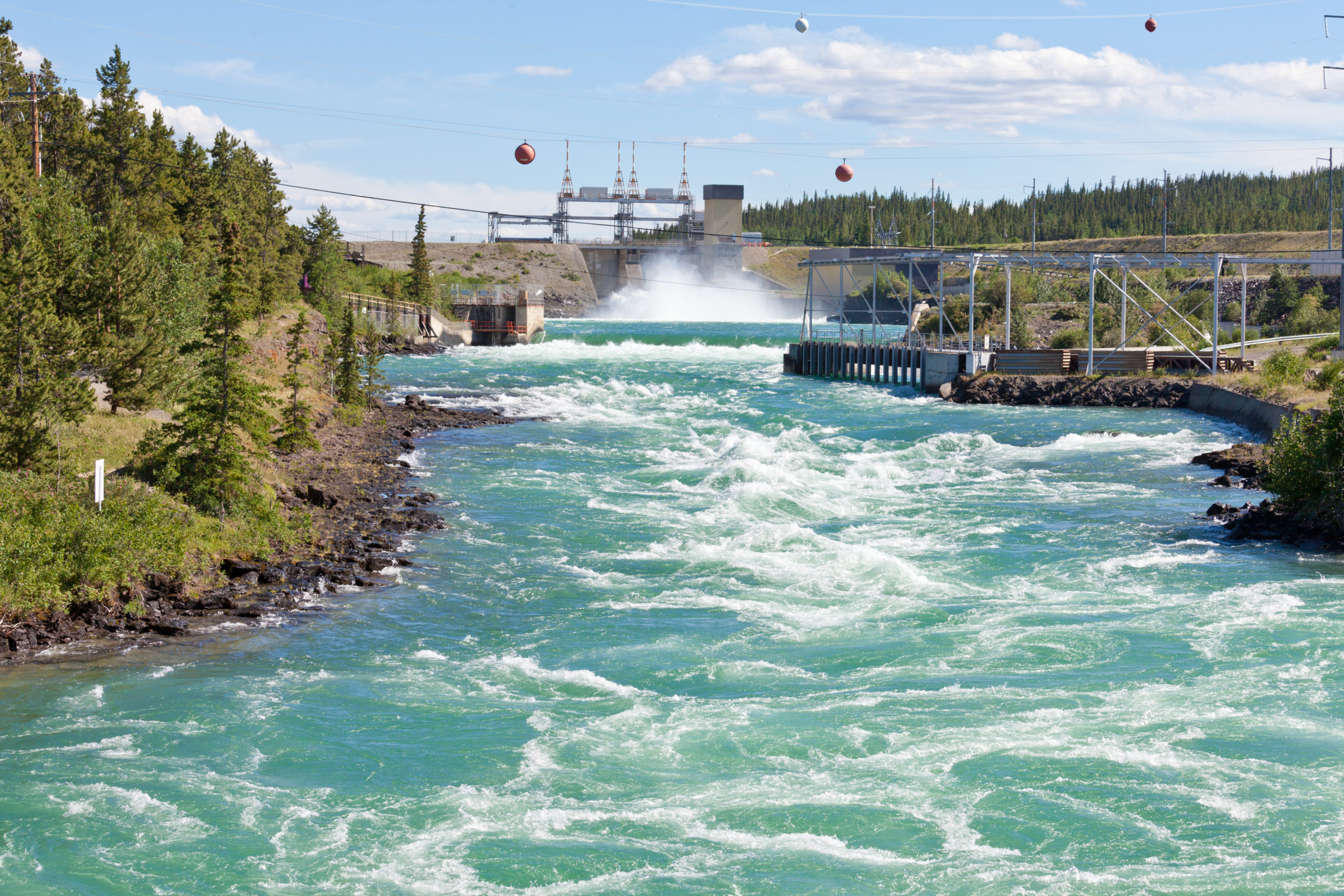EXPLAINED
The different ways that our power, both heat and electricity, is currently being generated is extremely harmful to our environment and energy-related carbon emissions are continuing to grow substantially year on year. The simple fact is that we do not have enough resources to offset these emissions and so we believe that it should be our number one priority to look at alternatives now, to support the regeneration of our planet – our only home.
This year, carbon emissions have largely been reduced with many people staying at home, less people travelling and overall less consumption. However, we know that it’s not going to stay this way as the world starts opening up again.
We are grateful for new technologies that allow us to be more environmentally conscious and reduce our carbon footprint. We will be using some, if not all, of the below methods of renewable energy within the Believe Resorts and hope that as awareness grows, others will follow suit in a bid to keep ourselves, our soil, our food, our air, and our future generations, healthy and sustainable.
What is Microgeneration?
Microgeneration is the term used to classify a broad range of low carbon technologies. It provides power as an alternative or supplement to traditional grid-connected power – more likened to the small-scale generation of power (both heat and electric), which is created by using energy from renewable sources. This power may be used by individuals to power their home or by small business and local communities.
Microgeneration is a means of providing power for a communities’ own needs, rather than for whole cities or countries to use.
Examples of renewable energy sources that can be harnessed for microgeneration include wind, solar, hydro, heat generation from biomass, solar thermal and heat pumps.

Rest, Recover & Renewal
0







